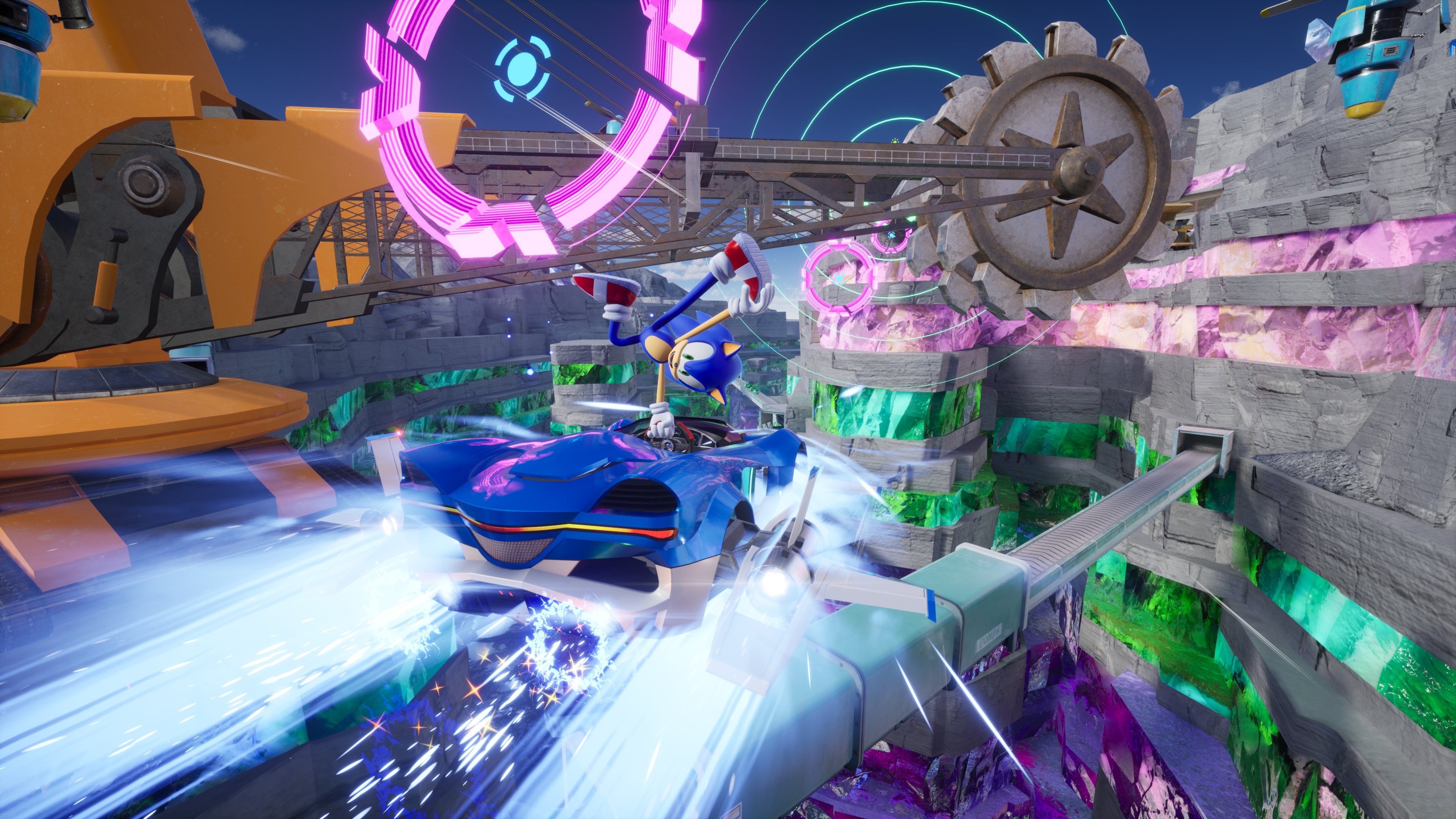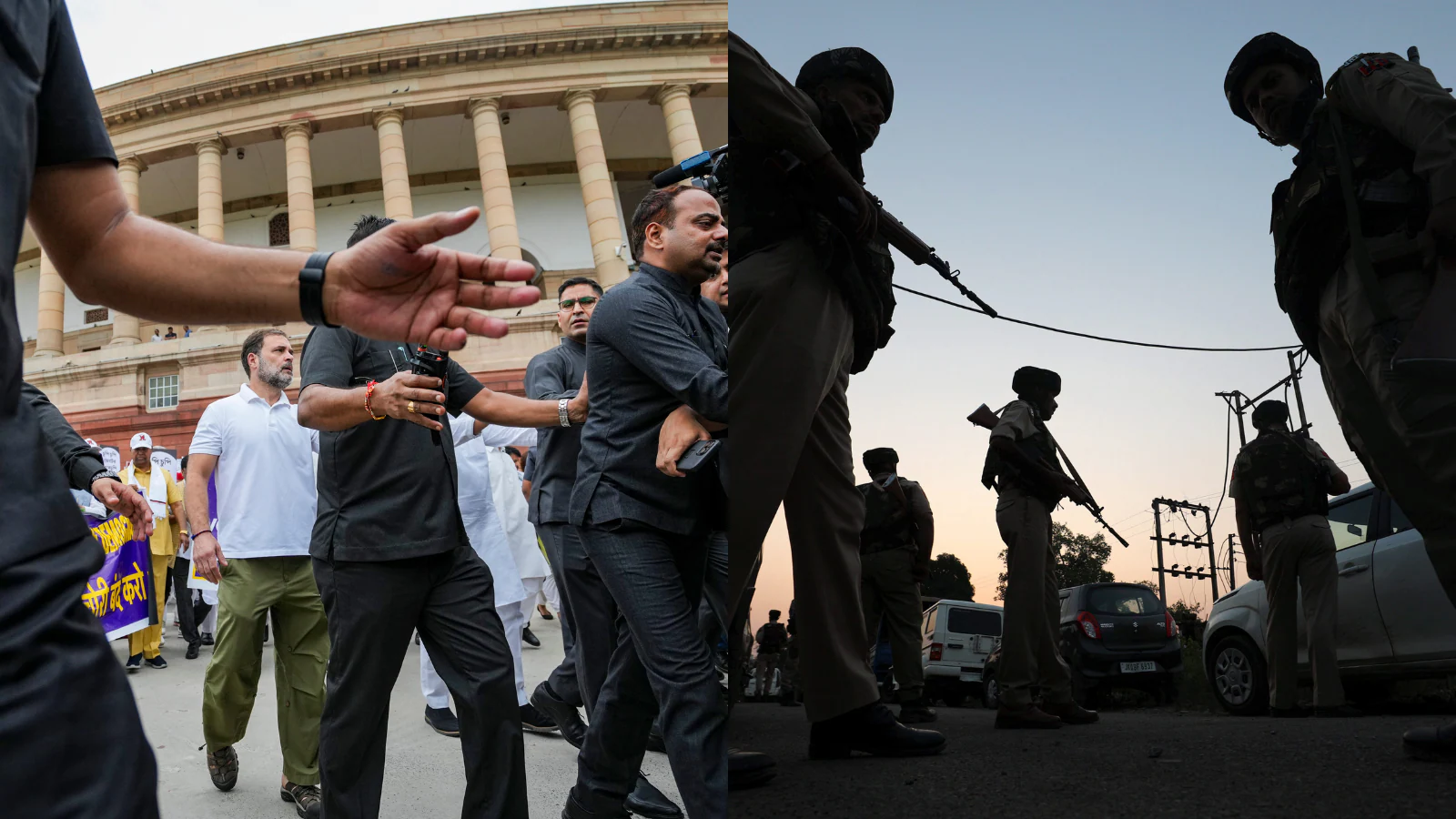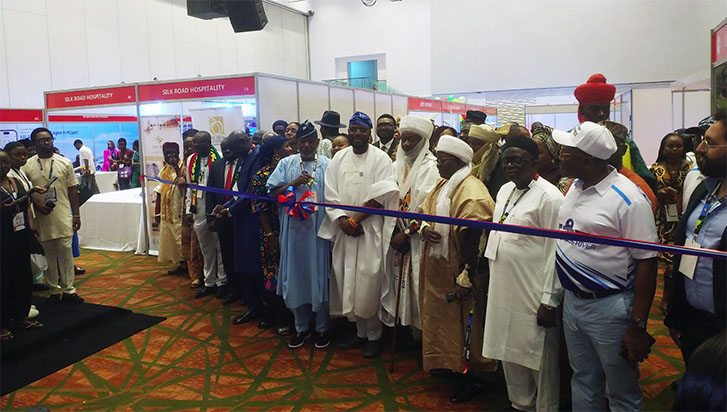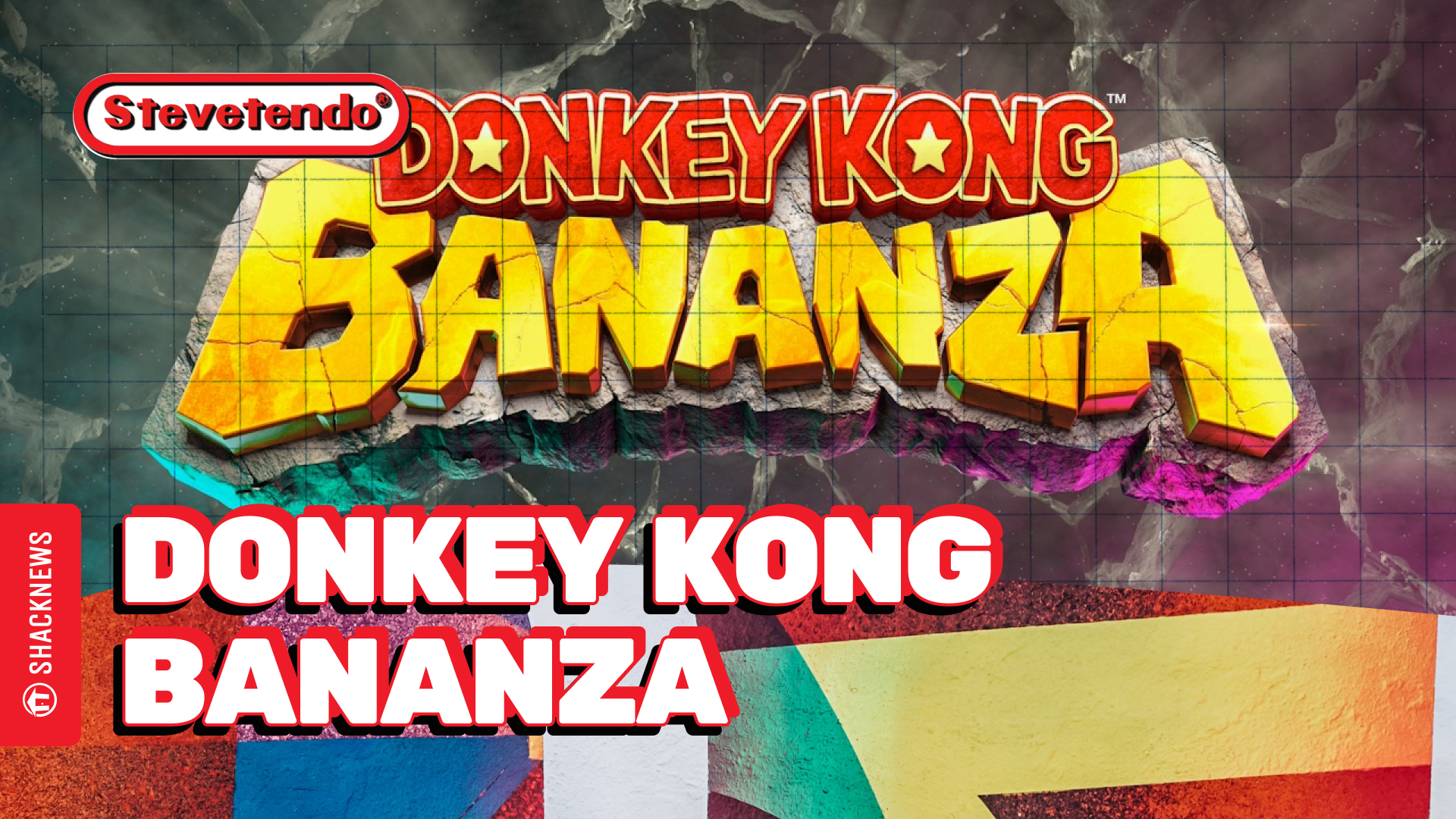By Ozzie Mejia
Copyright shacknews

Sonic the Hedgehog and Mario have had a good-natured rivalry for over three decades. While Mario Kart is the household name when it comes to mascot racing games, Sonic has carved his own place in the genre over the years. Sega’s latest racer brings the Sonic crew back together for Sonic Racing: CrossWorlds where the key component is track variety. While this game won’t reinvent the racing wheel, it’s a solid effort in its own right.
Building a better racer
Sonic Racing: CrossWorlds approaches the starting line with 23 playable characters, a number that is expected to grow substantially over the post-launch period via both free DLC drops and a Season Pass. The Sonic characters available at launch include the more recognizable ones in the series, along with some fan-favorites like Big the Cat and newcomers like Sage from Sonic Frontiers.
Character selection is one piece of the formula, as CrossWorlds also features total vehicle customization. There are dozens of parts available at the start of the game with additional ones unlockable through Donpa Tickets, currency that’s earned through natural gameplay. This allows players to craft a vehicle that suits their playstyle, which can mean emphasis on speed, acceleration, power, or handling. If tinkering with vehicle parts sounds like a lot of pressure, the pre-built vehicles function perfectly well.
The more interesting instance of customization involves Gadgets, which further lean into a racer’s style. Loadouts allow players to add further stat improvements, but they can also allow for adding in qualities like quicker drift boosts, starting the race with specific items, increasing the ring cap, or earning bonuses for successfully hitting the starting boost. Players can equip as many Gadgets as their loadout allows, but that equipment plate will grow in capacity as more races and Grand Prix circuits are completed, which offers some incentive to keep going. It’s a complex system, but one that allows for experimentation and feels rewarding by the time you come out with just the right build that suits you.
The progression system of earning vehicle parts and Gadgets is a neat idea, but it’s one that favors the primary player. As great as this is for solo racers, I did spend some time playing local co-op and my partner was dismayed to see that while I had my unlocked car parts and Gadgets, they weren’t able to access them at all and were forced to use the pre-builds. That’s not to say it’s impossible to win with only two Gadget slots that are already pre-assigned to a quick drift boost, just to name an example, but it certainly leaves them as a disadvantage against someone who has five or six Gadget slots unlocked.
Hitting the track
Everything involving customization is merely preamble, because all of that doesn’t matter if Sonic Racing: CrossWorlds isn’t fun. Thankfully, it’s a blast. While the majority of it involves car racing, the majority of the game’s tracks are designed to feature air and sea sections. All three of them feel like they have their own qualities and require their own strategies. A lot of that strategy involves flicking the right thumbstick for air tricks, which boost a player’s speed, and keeping an eye on the drift meter.
The other thing that land, air, and sea racing allow for is different scenery, which is an inelegant way of saying that CrossWorlds looks incredible, thanks largely to the visuals crafted by Unreal Engine. Course design is outstanding with each track oozing a sense of personality stemming from their source material. That might sound silly, because the reader might be asking, “Aren’t they all Sonic games?” However, there are noticeable differences from the tracks based on Sonic Superstars, Sonic Frontiers, Sonic X Shadow Generations, and many of the other classic series titles. That atmosphere all comes out through the backgrounds that feel almost distracting, making it easy to plow into a wall if one isn’t paying enough attention.
Travel Rings are one of CrossWorlds’ biggest additions, in which the leader of the field at the end of the first lap selects a different world (the titular “CrossWorlds”) to explore for the second lap. There’s somewhat of an illusion of choice here, because the selections always boil down to “World A or Random” and that doesn’t seem like much of a vote. If there were three possible selections, this aspect of the game might feel better. With that said, the second lap CrossWorlds do add tremendously to the formula and give a sprinkle of variety to every race. They’re not as recognizable as the main tracks, but they’re distinct and well-designed, never taking away from the fun.
For the traditional Grand Prix mode, CrossWorlds uses a rivalry system. There’s some enjoyment in watching the banter between rivals before each race, though in local multiplayer, the rivalry seems reserved for the first player. The rivals often put up an intense fight and these gritty battles can even sometimes feel cheap, especially with how doggedly they’ll hang around in close races. As an aside, those who recoil at the Blue Shell in the Mario Kart series won’t be having much fun with a handful of the CrossWorlds items, which aim for first and second place and can almost never be avoided. With that out of the way, there is an option to use Donpa Tickets to re-race if a specific Grand Prix outing doesn’t go your way and it almost always feels like a valuable proposition, given how easy it can be to earn those tickets back.
Race Park is the other mode worth discussing, because while Grand Prix is every man weird animal thing for themselves, these races include team-based competitions that feel more like previous Sonic Racing games. Some will feature three teams, others will divide the field into two teams, and there are more traditional individual races that offer bonuses for following special rule sets. While these races aren’t the core CrossWorlds experience, they’re still an enjoyable way to play the game. Plus, the fact that they factor towards Gadget plate progression and offer unlockables of their own makes Race Park feel like more than a throwaway mode.
Gotta drive fast
It feels strange to say this about a game that’s all about touring multiple worlds, but Sonic Racing: CrossWorlds is a racing game that mainly works because of how well it sticks to the fundamentals. Course design is solid, driving is mechanically sound, and there’s satisfaction to be had in setting up your ideal vehicle and loadout combination. The mixture of settings introduced by Travel Rings adds variety to every race, even if there isn’t a lot of personal choice involved there. The gimmicks are fine, but without the fundamentals, this is a racing game that doesn’t even get out of the starting line.
Given some of the recent marketing and with the way release windows worked out, CrossWorlds is inevitably going to draw comparisons to Mario Kart World. After spending time with both games, it feels like an apples and oranges (or F1 and NASCAR, if you prefer) comparison. CrossWorlds is good enough to stand on its own and even above previous Sonic racing games. Just put the car in gear and enjoy the ride.
This review is based on a PlayStation 5 digital code provided by the publisher. Sonic Racing: CrossWorlds will be available on PC, PlayStation, Xbox, and Nintendo Switch on Thursday, September 25 for $69.99 USD. The game is rated E.



